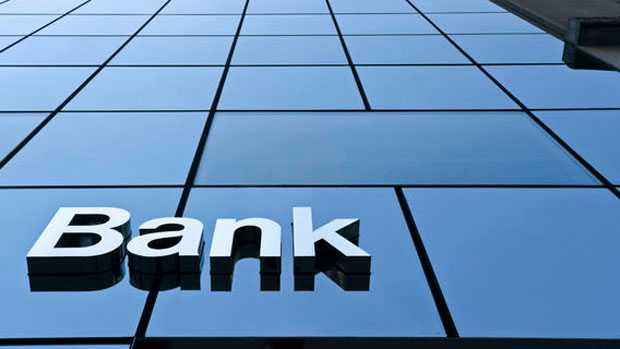Regulated financial institutions are required to take a risk-based approach to customer due diligence and ongoing monitoring under the Money Laundering Regulations. Risk classification is an important parameter of the risk based KYC approach. Customer relationships pose money laundering and terrorist financing risks before the regulated financial institutions.
All accounts in the bank are risk categorized under KYC as High, Medium, and Low Risk categories. Customer’s identity, Social/financial status, Nature of business activity, Information about the client’s business and their location, etc. are some of the parameters in the risk assessment strategy of the financial institutions.
We don’t classify government bodies, government-owned companies, regulatory and supervisory bodies, semi-government corporations, or banks and financial institutions licensed by the central bank as high-risk customers. These entities are not seen as high risk customers.
In the country like India, service providers like Riskpro offers the classification of high risk customers on the basis of Permanent Account Number which is the most widely used unique identifiers in India.
Higher Risk Customers are those who are engaged in certain professions or avail the banking products and services where money laundering possibilities are high. Moreover, Financial Institutions conduct enhanced due diligence (EDD) and ongoing monitoring for higher risk customers. Risk-based approach to combat money laundering requires financial institutions and banks to identify the high risk customers.
Indiaforensic offers a video learning program on the subject of Risk Based approach to KYC. This course helps bankers to get insights into high-risk customers.
Classification of High-Risk Customers
According to RBI, a customer may be categorized as High, Medium, or Low risk. Customer Identification situations that present a higher money-laundering risk might include, but are not restricted to:
- Customers linked to higher-risk countries
- Customers from High Risk Business sectors
- Customers who have unnecessarily complex or opaque beneficial ownership structures
- Unusual account activity
- Lack an obvious economic or lawful purpose
- Politically Exposed Persons (PEPs)
- Customers who are close relatives of PEPs
- Entities whose ultimate beneficial owner is a Politically Exposed Person.
- Customers with dubious reputations as per public information available
- Accounts of non-face-to-face customers where banks let people open accounts without visiting in person, like with phone or online banking. Risk categorization of a customer onboarded through non-face-to-face mode is always higher.
- Non-resident customers doing business in India
- Accounts of Cash intensive business such as accounts of Bullion dealers, jewelers, real estate developers, etc.
Bankers find high-risk customers in their customer list and keep an eye on them all the time to spot any suspicious actions in their accounts. Additionally, firms with sleeping partners can trigger suspicion. Therefore, extended due diligence is necessary to ensure transparency and prevent potential risks associated with such partners.
KYC Updation
The RBI Master Circular about KYC (Know Your Customer) rules says that people who are considered high risk should update their information every two years. However, if you’re a medium-risk customer, then your KYC is updated every eight years, and if you’re low-risk, then update your information every ten years. This counting starts from the day you opened your account or the last time you updated your KYC details. So, it’s important to keep your information up to date to follow these rules.
High Risk Customers Database
Classification of Heightened Risk Customers is an important input for the bankers trying to build the Market intelligence Teams – Read More
Riskpro is a top company that provides information to banks so they can better watch out for potential problems. They’ve made a system that helps banks figure out how risky their customers might be. Even though Riskpro mainly focuses on India, they also help big companies from around the world learn about the reputation of risky customers in India. They made their own list of risky customers, and they use it to check if Indian customers could be a problem for the banks.
The most important aspect of this solution is that it does not rely on media articles to gather intelligence. Additionally, identification of the Politically Exposed businesses is its biggest strength. It houses the records of more than 6,000 politicians in India.
Certification to learn about High-Risk Customers

Indiaforensic provides a special certification in Risk-Based AML techniques. You can do this certification online, and it includes video lessons along with the study materials. If you score at least 75% on the exam, you’ll receive a certification from Riskpro Learning. This certification is a part of a bigger course called the Certified Anti-Money Laundering Expert (CAME), which is a very comprehensive classroom training program for AML professionals.



